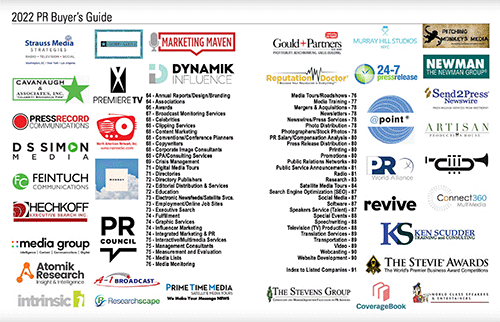Look out your office window to the cars on the road below. Seventy percent of those passing vehicles have the radio on. Seven out of 10. When it comes to in-car media consumption, radio still reigns.
What's more, not only is radio not going away, it's growing in a number of key categories. That's because distribution channels for radio are increasing.
Today, the ways in which consumers can find their favorite station, newscast or entertainment program have increased dramatically. With technological advances, radio is now accessible in more places than ever—at home, at work, in the car, and on portable devices like notebooks, smartphones and tablets.
With increased access comes a growth in listenership, too. Over the last 10 years radio has seen a steady increase to 243 million people tuning in weekly to their favorite radio stations (Infinite Dial study, 2013). Recent studies show that the proportion of people who listen to radio on their computers at work and at home has risen too, from 8 percent per week in 2003 to 33 percent in 2013--that's 86 million people in a given week. These numbers suggest a shift from traditional use of radio as a broadcast-only medium to a rapidly growing online medium, as more people connect to stations through online access.
Radio remains the most personal of all media while maintaining the ability to reach targeted markets and demographics. Research studies have found that listeners believe the messages reaching them via radio are more relevant to them compared to television and newspapers, which they view as mass media not catering to their individuality. Because these messages are perceived as more specific to them, it has the effect of creating an emotional bond. It's this ability to make messages personal and emotion-driven that’s resulted in radio being a top medium for advertisers.
Plus, radio offers great value when compared to other media platforms. Radio remains the number one medium for reaching consumers a half an hour before a shopping trip, with 49 percent of surveyed listeners saying they were induced to buy something they heard about on the radio.
So what does this mean for public relations and communications professionals? Radio's versatility, affordability and myriad environments can accommodate a range of messages, deliver a significant audience, convey a personal story, and do it all at a reasonable cost. Simply put, radio still provides a big bang for the buck.
Whether distributed through an audio news release or the more personalized approach of a radio media tour, radio offers an engaged, loyal audience that’s open to hearing about everything from new technology to affordable summer getaways.
Through the one-to-one phenomenon it creates as a deeply personal medium, radio listeners trust their local stations, personalities, and newscasters to convey information that’s credible and journalistically sound. Public relations professionals can be confident that when using radio as a component of their overall strategy, they will improve the reach and recognition of their message, whether disseminated locally, regionally or nationally.
* * *
Shel Lustig is president of MediaTracks Communications, Des Plaines, Ill.



 SaaS platforms now allow businesses to effectively manage and execute their own PR campaigns, putting pressure on agencies to demonstrate the value of the “traditional” PR model.
SaaS platforms now allow businesses to effectively manage and execute their own PR campaigns, putting pressure on agencies to demonstrate the value of the “traditional” PR model. Developing a well-designed TV campaign involves asking three important questions.
Developing a well-designed TV campaign involves asking three important questions. How a "Covid silver lining" can show the way to more effective, cost-efficient video communications.
How a "Covid silver lining" can show the way to more effective, cost-efficient video communications.


 Have a comment? Send it to
Have a comment? Send it to 
No comments have been submitted for this story yet.